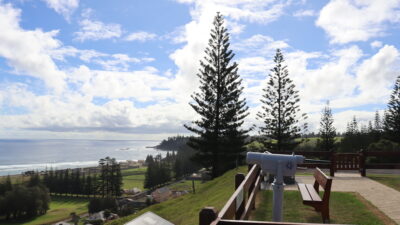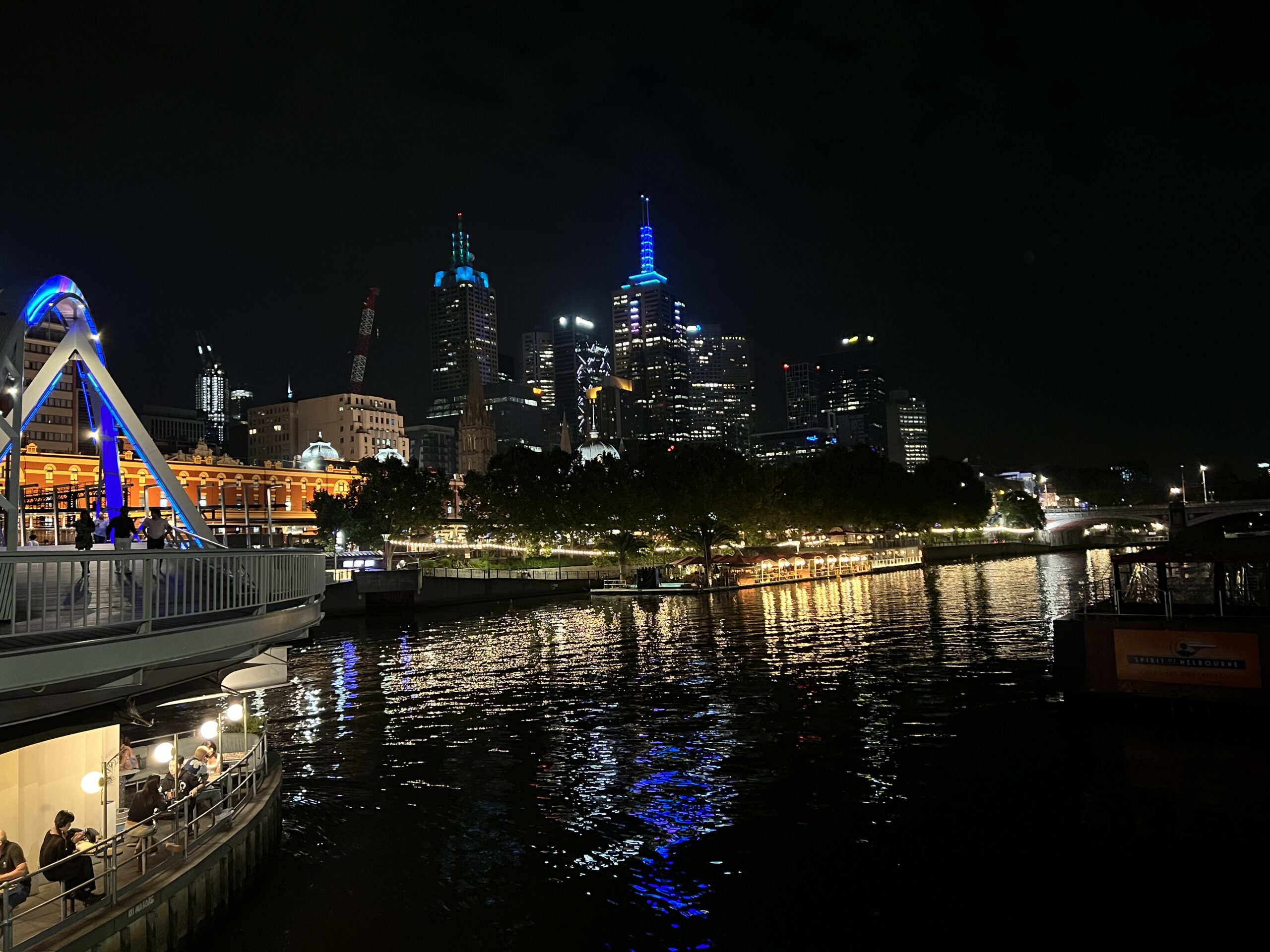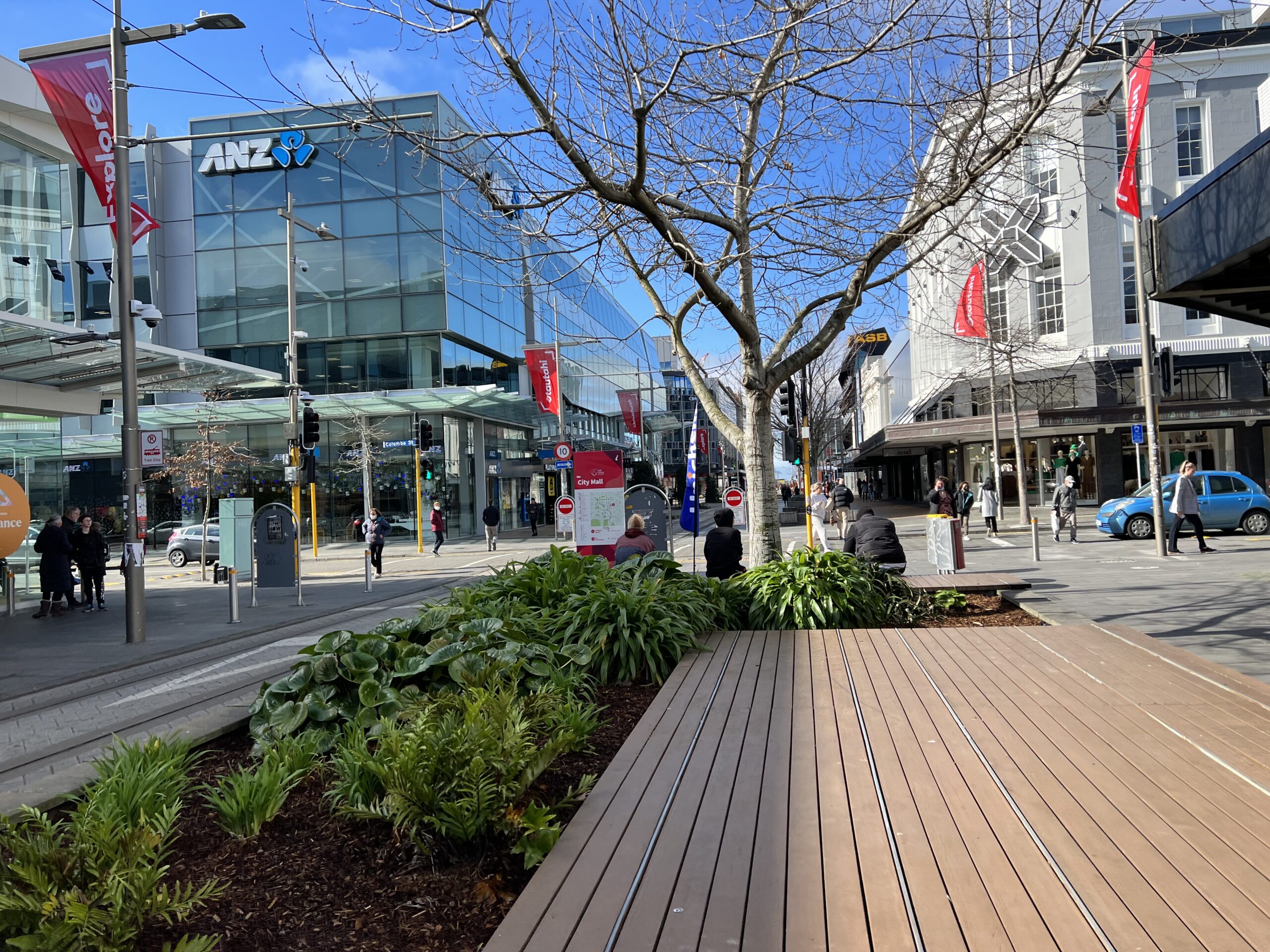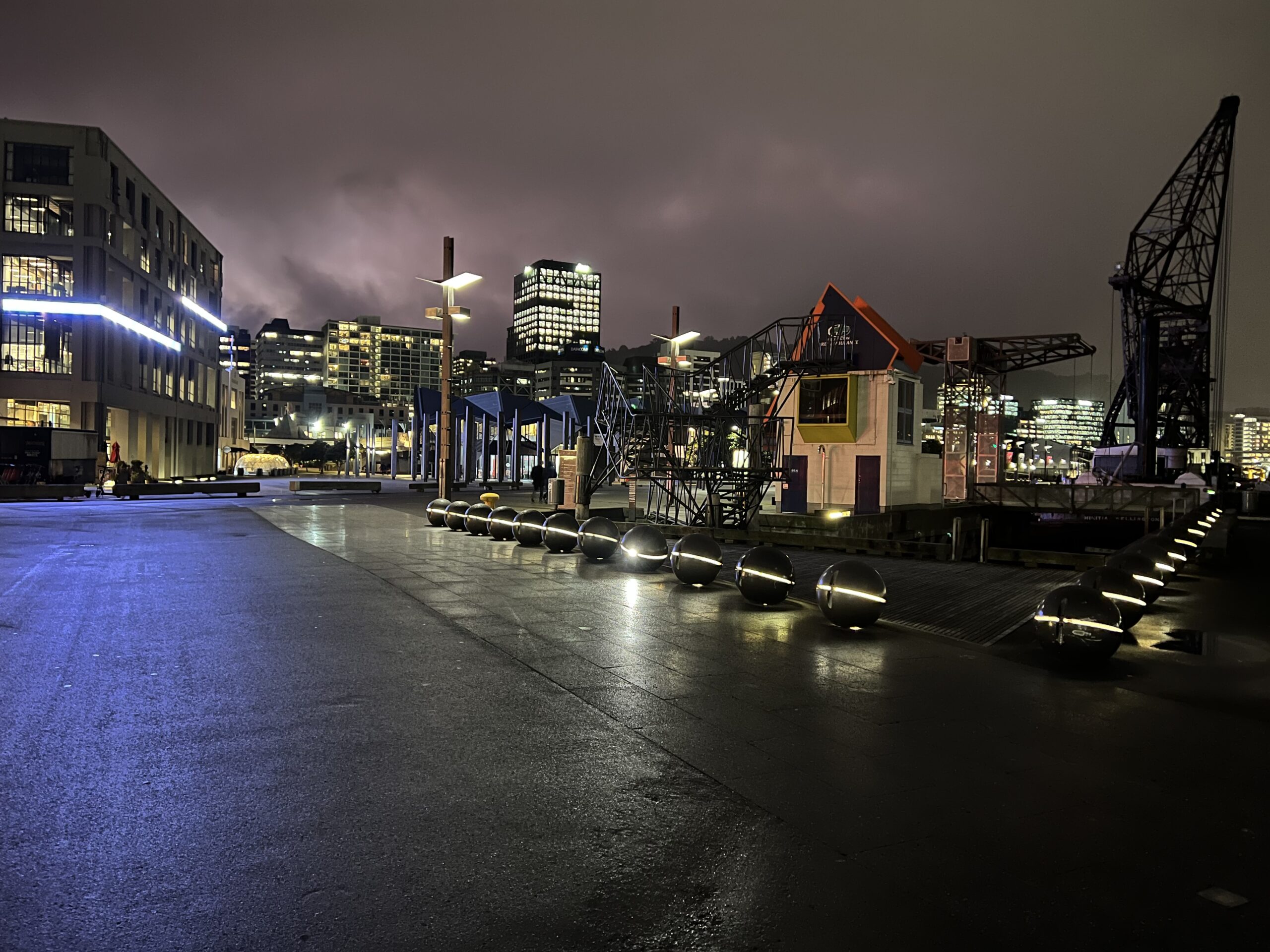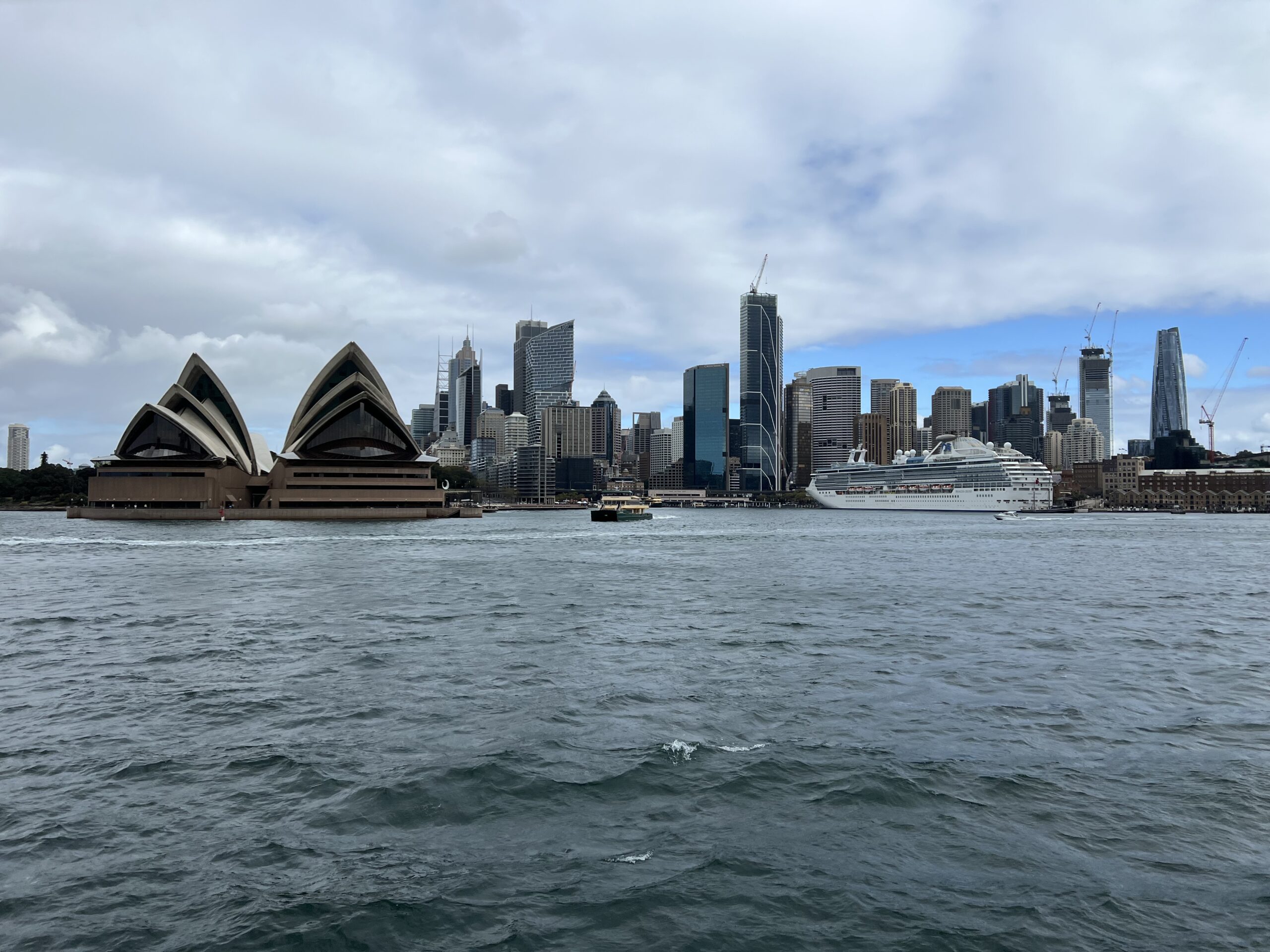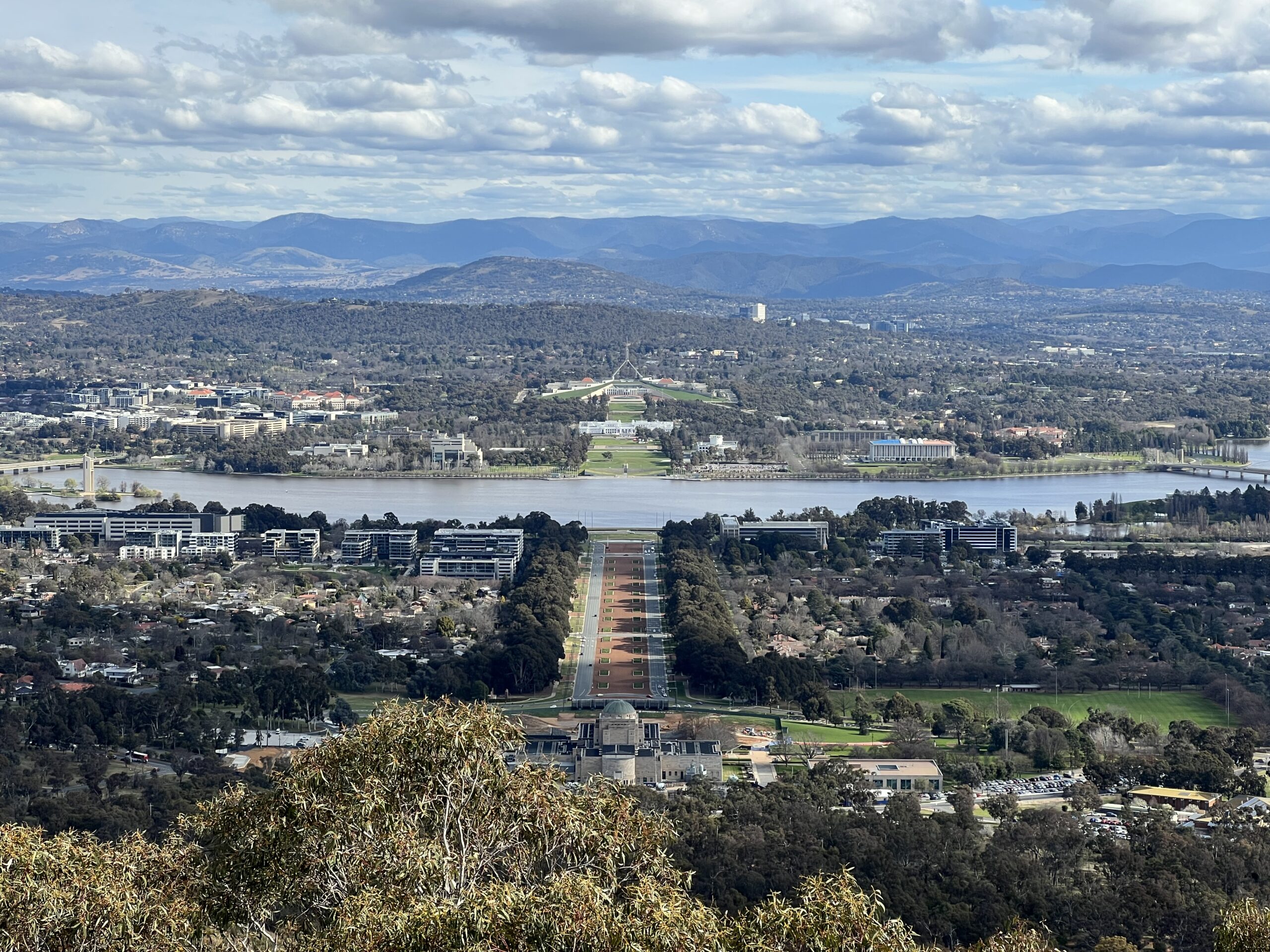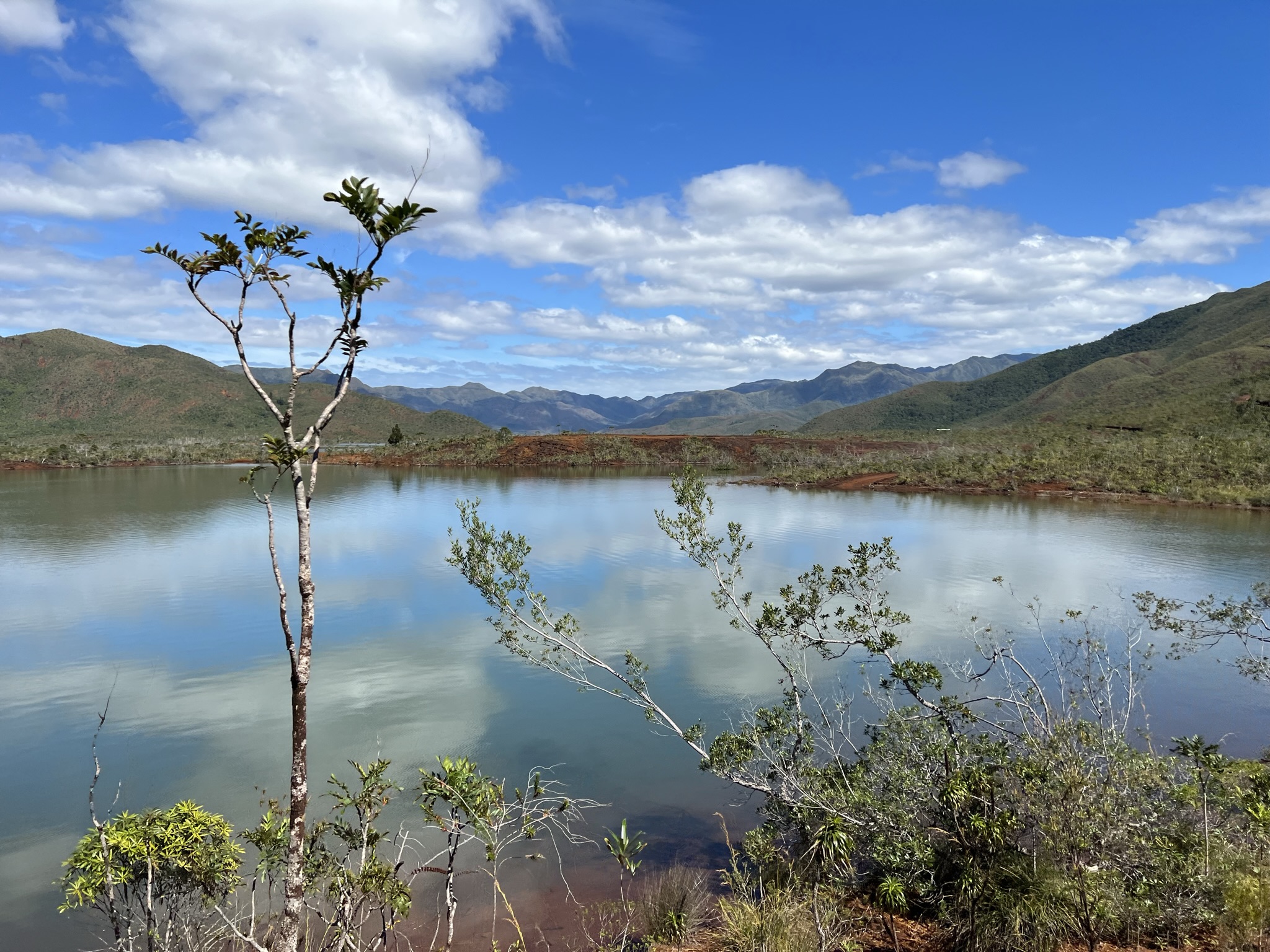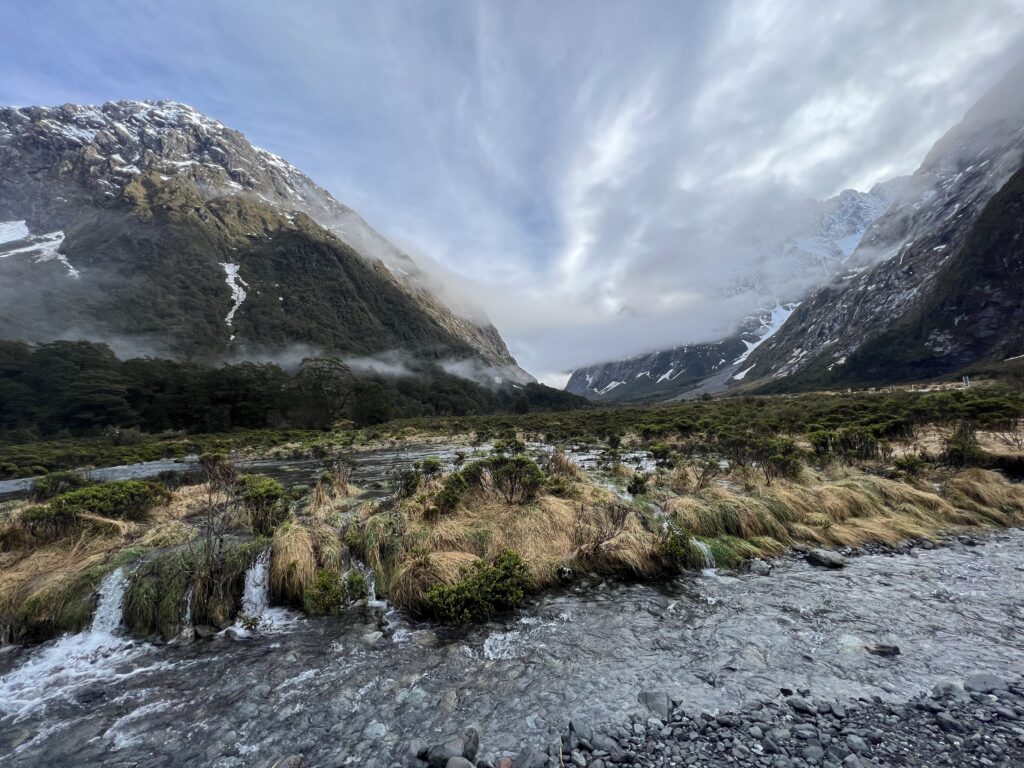
Introducing New Zealand’s South Island
New Zealand’s South Island or Te Waipounamu as its known by its Maori name is the larger yet the lesser populated of the two main islands of New Zealand. Coming in at the world’s 12th largest island, Te Waipounamu is a land of spectacular scenery flanked by the Southern Alps and surrounded by rugged coastlines. Adventure seekers and food lovers alike will also find endless opportunities in the Southern Island of the Land of the Long White Cloud.
With so much to see and do in New Zealand’s South Island it is no wonder it is a tourist mecca and attracts people from all around the world and is one of Australia’s favourite holiday destinations. The South Island of NZ presents endless opportunities for quality experiences and adventures so AussieJetSetter has compiled a comprehensive guide outlining the various options available to travel around the island, the best activities suited to each season and offer our perspective on the ideal ‘all round’ 10 day itinerary that you can then customize to your own likes.
Options to travel around the South Island
Hire a car, campervan or motorhome and camping
The best way to see New Zealand’s South Island’s for the sake of maximizing opportunities and flexibility is definitely by road with your own transportation. Assuming that you don’t live in New Zealand and already have a car your best bet is to hire one or otherwise rent a campervan or motorhome.
If hiring a car you’ll have ultimate flexibility to see a much larger area of the South Island and drop by local towns or visit national parks at your own leisure. Especially if travelling outside of peak seasons you’ll also have more opportunity to book local accommodation whilst on the road giving you the ability to tweak your itinerary as you go along. With a hire car you’ll have the flexibility to stay at more affordable local motels, inns and holiday parks which are often located in less central areas of towns and cities and can even go camping in national parks or at holiday parks with offer more amenities for a small nightly fee.
With a motorhome or campervan you’ll also be afforded excellent flexibility to explore wide areas of New Zealand’s south island and will able to easily find holiday parks in almost every town and nearby to all the major tourist attractions. You’ll also enjoy the convivence of having all your possessions already unpacked and ready whether you call in for the night and be able to make the most of your kitchen facilities whilst on the road. On a downside driving a motorhome or campervan can be burdensome in the central areas of NZ’s biggest cities and a minor annoyance if just taking a short journey around town.
Keep in mind however when hiring a car that’s New Zealand’s weather can be extreme particularly in winter where heavy snow may close some mountain passes and heavy rain year and frequent storms around the West Coast can make driving treacherous. Black ice in the colder parts of the year (often caused by frosty nights after a rainy day) can make conditions dangerous to the unprepared and inexperienced driver.
Also worth keeping in mind when hiring any form of your own transportation is the rules and conditions of your rental contract. Most will likely put restrictions or otherwise simply won’t cover you for travelling on most unsealed roads, to some remote areas, travelling above the snow line in the winter season or whenever it is snowing. Whilst this can be annoying it is often possible to take a day trip with a tourist operator who have the more correct vehicles to take you up the ski resorts or other snowy or treacherous regions.
Take a tour
Taking a tour is also another excellent way to see New Zealand’s South Island with most of them offering tours ranging in length from 7 to 14 days and or as part of longer itineraries across all of New Zealand. Usually they will tick off all the bucket list destinations in NZ such as Queenstown, Franz Joseph and Milford Sound and typically offer plenty of opportunities to take extra excursions. The main downside of a tour is the more limited flexibility they provide over driving but with many of them including up to 4 days in Queenstown there is plenty of opportunities to do whatever you like there. On the flip side taking a tour can be the more hassle free option with much of the planning and making arrangements for accommodation already taken cared for you. Typically you’ll probably pay above the odds for the convivence of a tour as opposed to doing it yourself but it may actually turn out to save you money if travelling on on some tours with shared accommodation.
Fly/ Public transport
Another option is to simply fly and or take public transportation around the South Island. This option is certainly possible if you want to predominately base yourself in the tourist town of Queenstown, and the notable size cities of Christchurch and Dunedin. Air New Zealand and several small carriers service the centers of Picton, Nelson, Christchurch, Dunedin, Invercargill and Greymouth. Realistically one way to see many of the sights of the south island by public transport could be to catch the InterIslander Ferry from Wellington to Picton then a bus to Christchurch and then a flight/bus to Queenstown where you can use as a base to do many day tours such as to Milford Sound whilst almost all of the big adventure activities you can do and ski resorts near Queenstown will usually offer transfers. From Queenstown you can then get buses to Dunedin and or back Christchurch. Whilst it is possible to get buses around much more of the island with long travel times and infrequent services we wouldn’t advise.
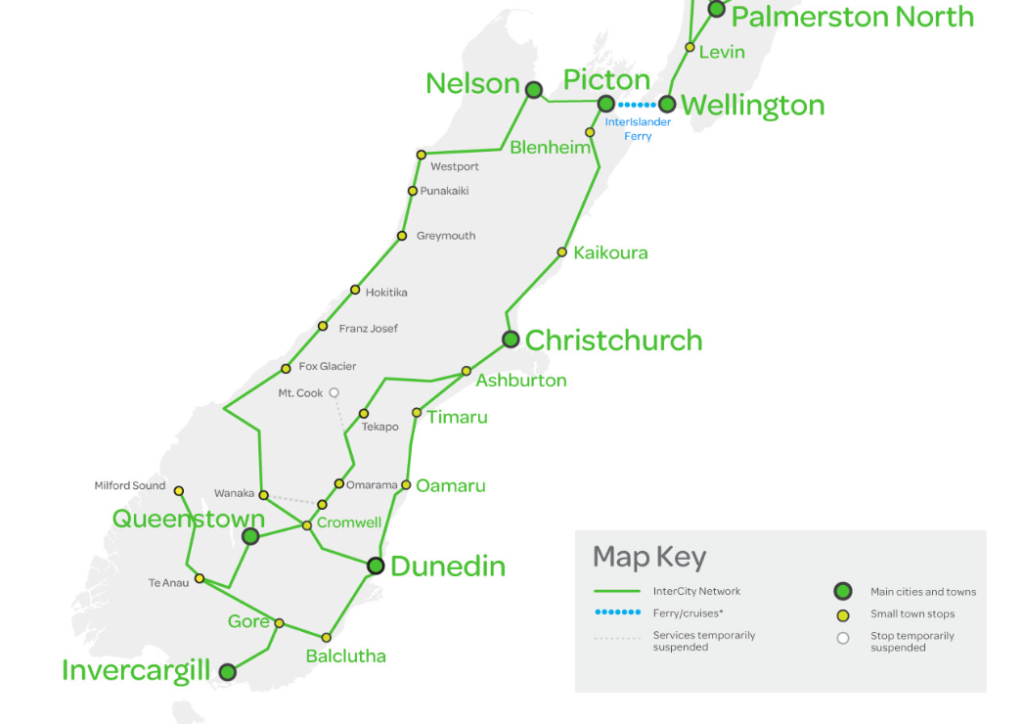
How to get to and from the South Island
Getting to the South Island is fairly easy. Internationally, the main gateway is Christchurch which services many departures to Australia’s east coast capitals and a small selection of services to Asia. Queenstown also services year round international flights from Australia’s east coast with flights increasing over the peak winter and summer seasons.
Winter travel considerations
It is perfectly ok to travel to New Zealand at any time of the year although travelling in winter can bring its own special considerations. The tourism industry is open year round and the country remains a popular destination any time of the year. Many travel to New Zealand in winter especially for the Ski Season so expect tourist hotspots especially such as Queenstown to be very busy and prices elevated during this time of year. Ski conditions are generally best from July through to late September although the season usually extends a few weeks either side subject to annual conditions.
If travelling around the country particularly in the South Island take due care where snow and black ice along with treacherous storms are possible almost anywhere. Depending on the terms of your rental contract or your own experience level in winter driving it may be a wiser choice to leave the car at your accommodation and take dedicated transport when travelling up to ski resorts or the potentially treacherous drive to Milford Sound.
Outside of the towns catering for the ski resorts expect most of the country to be a bit quieter with possibly more limited operating hours at attractions but also cheaper prices for accommodation and flights.
Summer travel considerations
Summer is a prime time to travel to New Zealand provided that skiing is obviously not on the agenda. Compared to Australia, summers on the South Island of New Zealand are pleasantly mild to warm with long extended days with plenty of sunlight. This makes it perfect for almost all outdoor activities such as hiking, biking, kayaking or just about any other pastime. Keep in mind wintry weather can still occur on the South Island at any time of the year so you must still be prepared for very variable conditions in wilderness and alpine areas where summer snowfall can still occur!
Expect all the usual tourist hotspots such as Queenstown to be very busy and prices elevated at this time of year especially after Christmas during Australia’s and New Zealand’s traditional January holiday period.
Spring and Autumn travel considerations
Spring and Autumn are certainly not bad times to visit the South Island although expect weather to be fairly variable. It is still possible to get some warm days but most will still be on the cooler but not overly cold side. Unless travelling in early spring skiing will generally be off the agenda and outdoor activities in alpine areas are still likely to be challenging for the inexperienced.
If sticking to travelling to all the usual tourist hotspots travelling in spring or autumn is perfectly fine and can be a good way to take advantage of lower prices and smaller crowds.
AussieJetSetter’s best ‘all round’ 10 day South Island itinerary (Wellington to Christchurch)
Day 1 Picton or (Wellington) to Christchurch (4.5 hrs/335km)

The first day of our epic South Island itinerary is best started in the picturesque town of Picton located on Marlborough Sounds on the northern coastline of the South Island. If prepared for a long drive day it is also perfectly possible to start your journey in Wellington and taking your car across on the InterIslander Ferry. We’d highly recommend to travel on the 8.45am sailing which will get you into Picton around lunchtime and still plenty of time to get to Christchurch (although you’ll have to drive in a fairly direct fashion to get there by nightfall).The drive from Picton to Christchurch is 335km or 4.5 hours although if coming from Wellington that increase your travel time by about 3.5 hours so expect around 8 hours of travel time.
If time permits we’d recommend catching the ferry over from Wellington the previous day which could enable you more time savor some of the lovely rolling hills of the Marlbarough wine region either on the day your arrive or the next day before you head out for the trip down to Christchurch. Shortly after leaving Picton youl’ll arrive in the nice little town of Blenheim which is major hub of the NZ wine industry. Once firmly on the road south along rugged coastlines of the east coast youl’ll see dramtic coastlines with volcanic beaches and sheer ocean cliff top drops and also which were drastically disturbed by a major earthquake in 2016. 2 hours down the road you’ll end up at the maginicent town of Kaikoura which is a great little town to break up your journey with plenty of boutique dining options and it is also famed for its dolhin and whale watching.
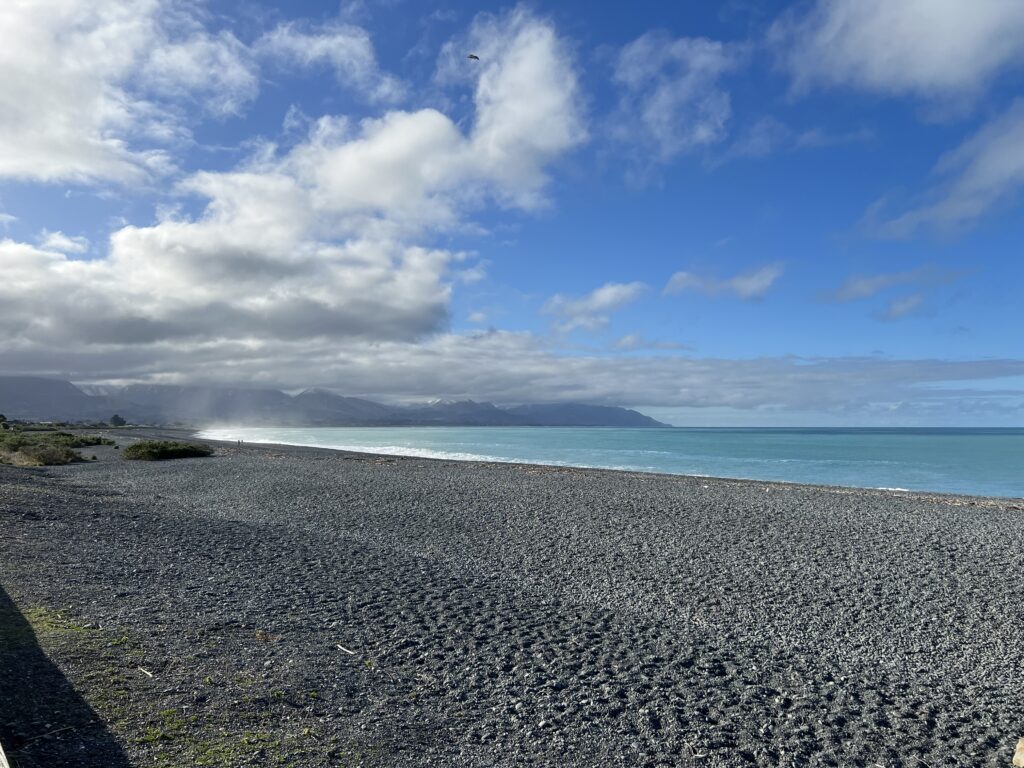
After leaving Kaikoura its another 2.5 hours down to Christchurch and if you aren’t already wined out you can check out the Waipara Valley along the way. Depending on how you go with time once arriving in Christchurch you might be able to check out one of the city’s famed attractions such as the Canterbury Museum or its Botanical Gardens or take a stroll along the Avon River which flows through the center of the city.
Day 2 Christchurch to Franz Joseph (5hrs/ 385km)

The drive between Christchurch and Franz Joseph is one of most famous journeys that you can take in the whole of New Zealand which takes you from the east to west coast of the country on a 5 hour drive that crosses through the heart of the Southern Alps. Along the way you’ll cross the magnificent Arthur’s Pass which is the highest and most spectacular mountain pass across the Southern Alps. Once completing the crossing you’ll arrive at the history rich town of Hokitika on the west Coast known for its tradition of gold mining and ship wrecks. Once leaving Hokitika its another 1.5 hours south to Franz Joseph Village where you’ll notice towering snow capped mountains alternating with rugged green rainforests.

Day 3 Franz Joseph
Today your free to base yourself out of the nearby Franz Joseph Village which is only 5km from the spectacular Franz Joseph Glacier itself. In town there are plenty of options to experience the Glacier with helicopter rides, heli hikes and guided ice walks all available to book. Alternatively there is plenty of walks that you can start from the town which whilst won’t get you on the glacier will offer numerous opportunities to see prime vantage points off it.

Day 4 Franz Joseph to Queenstown (4h40m/350km)

Another stunning drive day is the 450km trip between Franz Joseph and Queenstown. From Franz Joseph you’ll first head south along the coast to Haast which is small picturesque coastal town. Then you’ll head inland continuing in a southerly direction taking into the spectacular views of Lake Hawea before arriving into the ski resort town of Wanaka on the beautiful shores of the same lake the town is named after which is a worthy contender as the more laid back Queenstown alternative.
After leaving Wanaka you’ll travel through the picture perfect Otago Wine region with a optional detour to the fascinating historical settlement of Arrowtown on the Arrow River. The drive into Queenstown is magnificent taking you through the Gibbston valley and past many of the famous attractions and activities that you can do in the region.
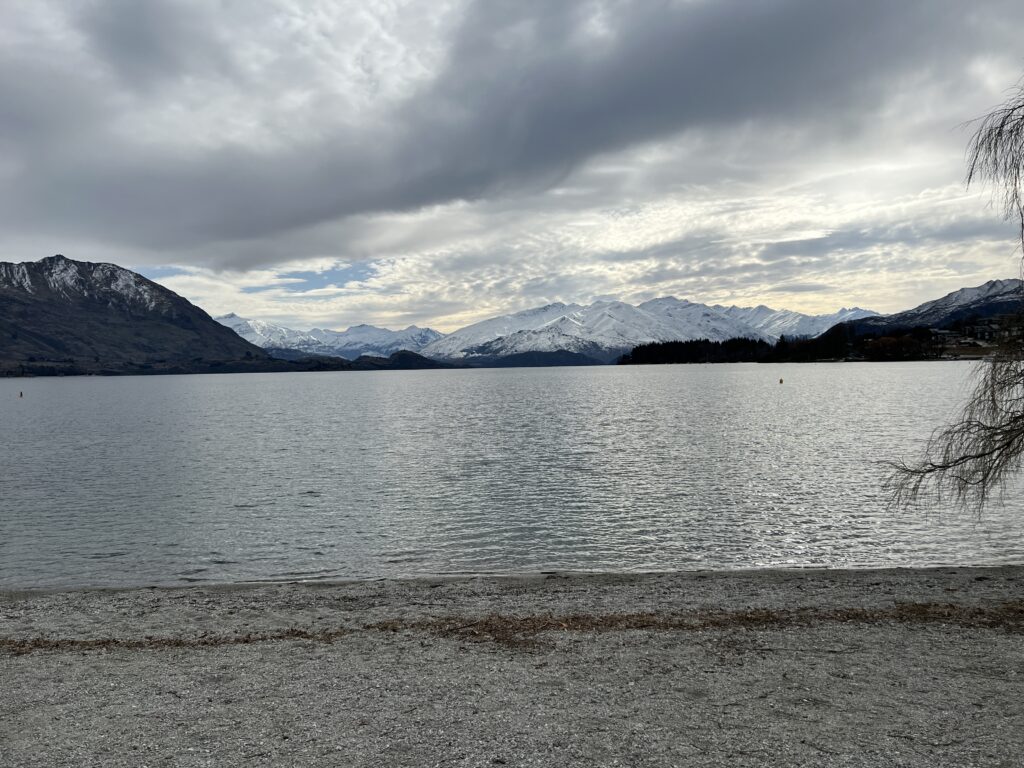
Day 5/6 Queenstown
Once in Queenstown you’ll quickly learn why its probably New Zealand’s favorite tourist hotspot and understand why its often coined the adventure capital of the world! Queenstown doesn’t just attract adrenaline junkies but also those who love wining and dining, relaxing amongst beautiful nature and of course those heading up to the ski resorts in winter and those who love biking, hiking and kayaking in summer. With so many things that you can do in Queenstown we recommend visiting our in depth guide to our top recommendations for things to do in Queenstown here. Depending on how much activities you want to cram in you certainly won’t be board extending your stay in Queenstown by a few more days if you wish!

Day 7 Queenstown to Te Anau via Milford Sound (5hrs/405km)

To get to Milford Sound you’ll first have to drive to picture perfect town of Te Anau before venturing along Milford road to get to Milford Sound. This is one of New Zealand’s most scenic drives. After cruising along Milford Sound you’ll then backtrack back to Te Anau located on the magnificent lake of the same name as the town which is well worth staying the night. As there is only one road into Milford Sound today will be a big drive day of over 400km or 5 hours driving but it is absolutely worth doing.
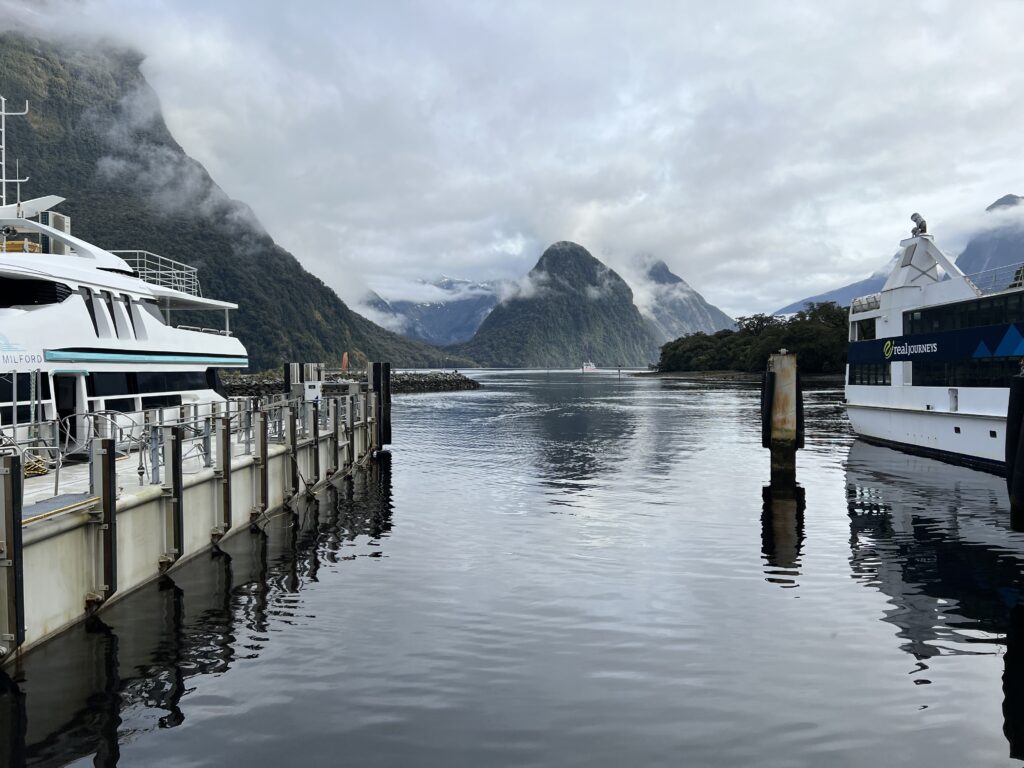
Day 8 Te Anau to Dunedin (3.5hrs/285km)

Today we recommend taking the 3.5 hour or 290km drive across to the South Island’s second largest city of Dunedin known for the world’s steepest street, its old English charm and its strong university culture from the prestigious University of Otago. Those who are happy to afford more time will find it is certainly possible to travel via the south coast taking in a stop at Invercargill and Bluff which is the most southerly city and point on the New Zealand mainland. Expect to add several hours to the journey if travelling along the southern coastline.

Day 9 Dunedin to Lake Ohau (3.5hrs/270km)

Today we recommend continuing north along the Otago coastline before heading inland again on the 3.5 hour or 270km journey to Lake Ohau. Lake Ohau which borders the Canterbury and Otago regions provides some of the most stunning vistas of the Southern Alps where it is even possible to see NZ’s highest peak Mount Cook on a clear day. The village also provides a wonderful community like atmosphere with everything you need for those visiting the nearby small Ohau snow fields.
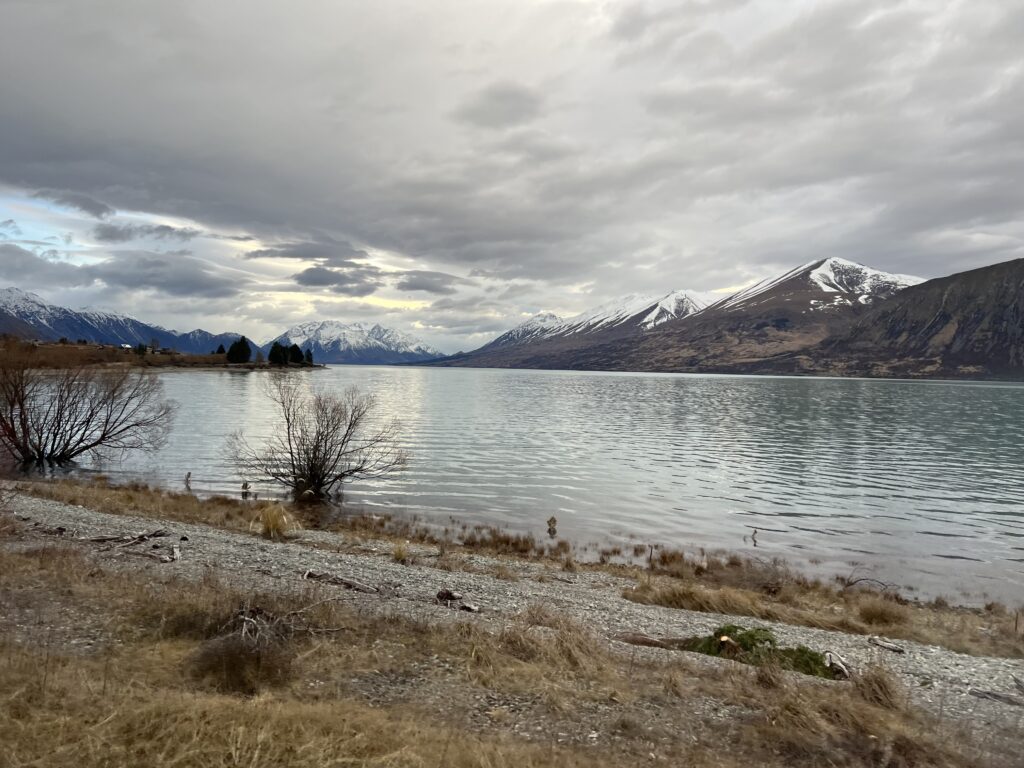
Day 10 Ohau to Christchurch (4hrs/330km)

On the final day of our recommend 10 day itinerary it will take you from Lake Ohau back to the South island’s largest city of Christchurch. Along the way stop by the small towns of Twizel and Lake Tekapo which has one of arguably the world’s most scenic church views at the Church of Good Shepard.
Once in Christchurch if time permits it is well worth exploring further into the Banks Peninsula which provides fascinating volcanic geology, rolling hills and spectacular coastlines.


